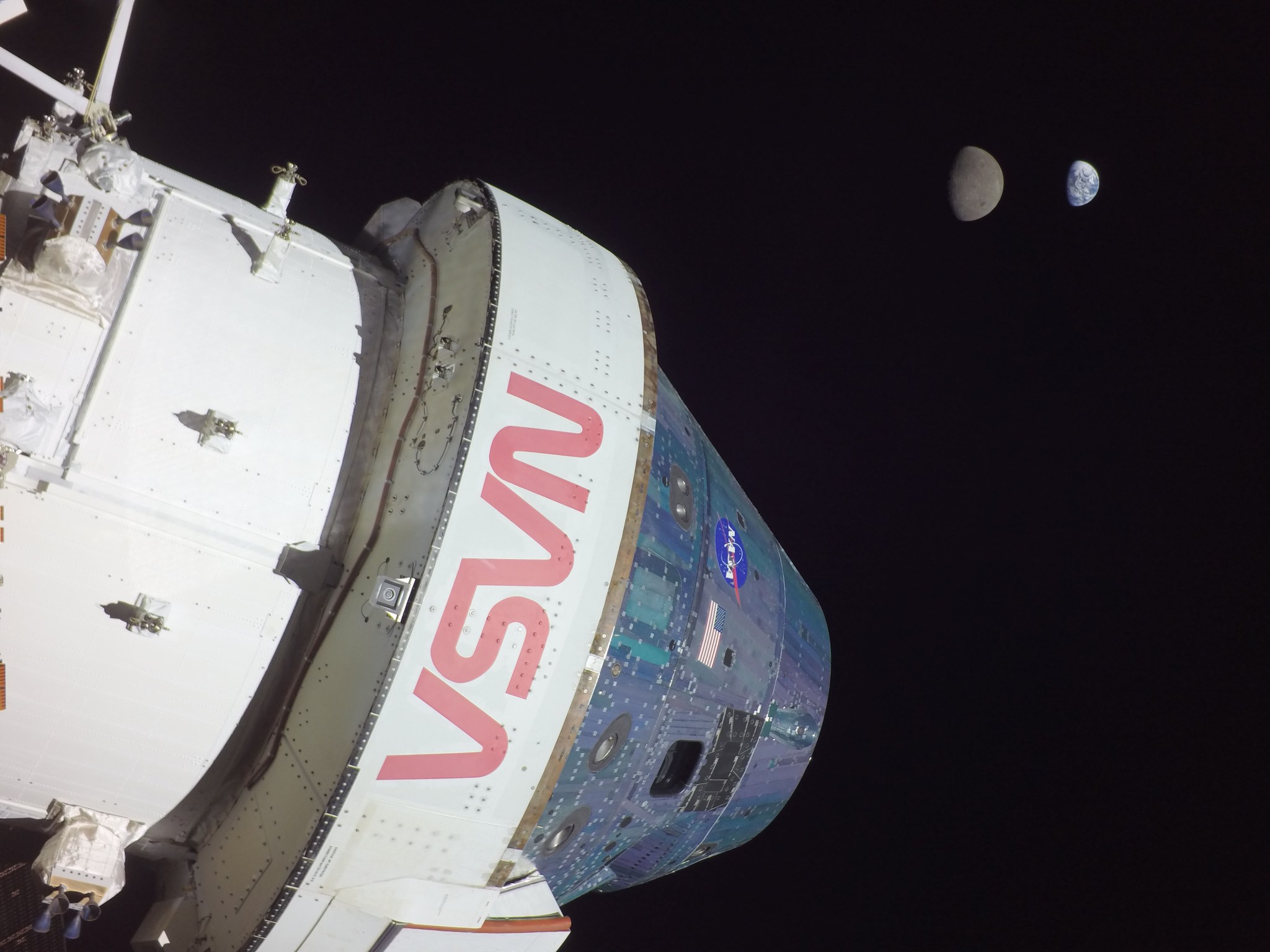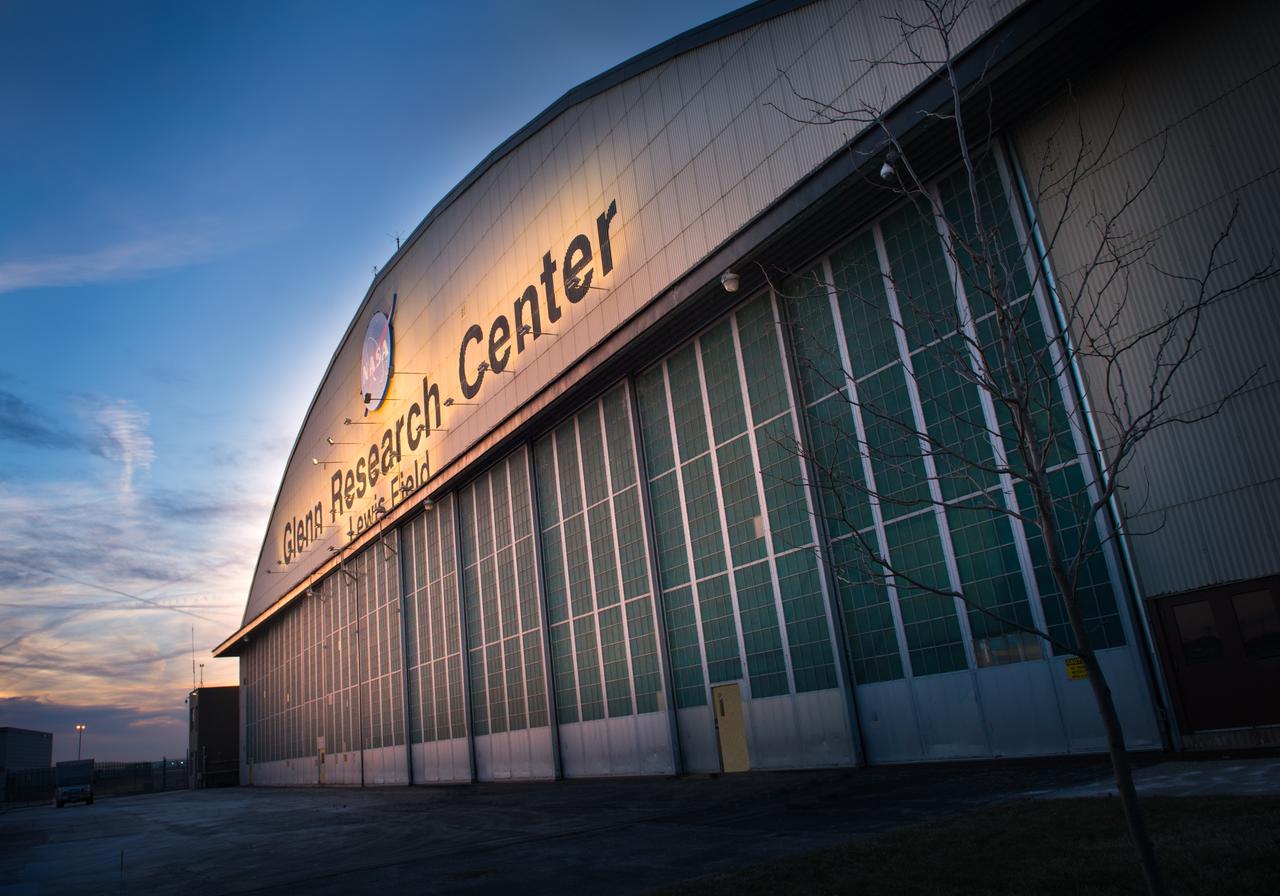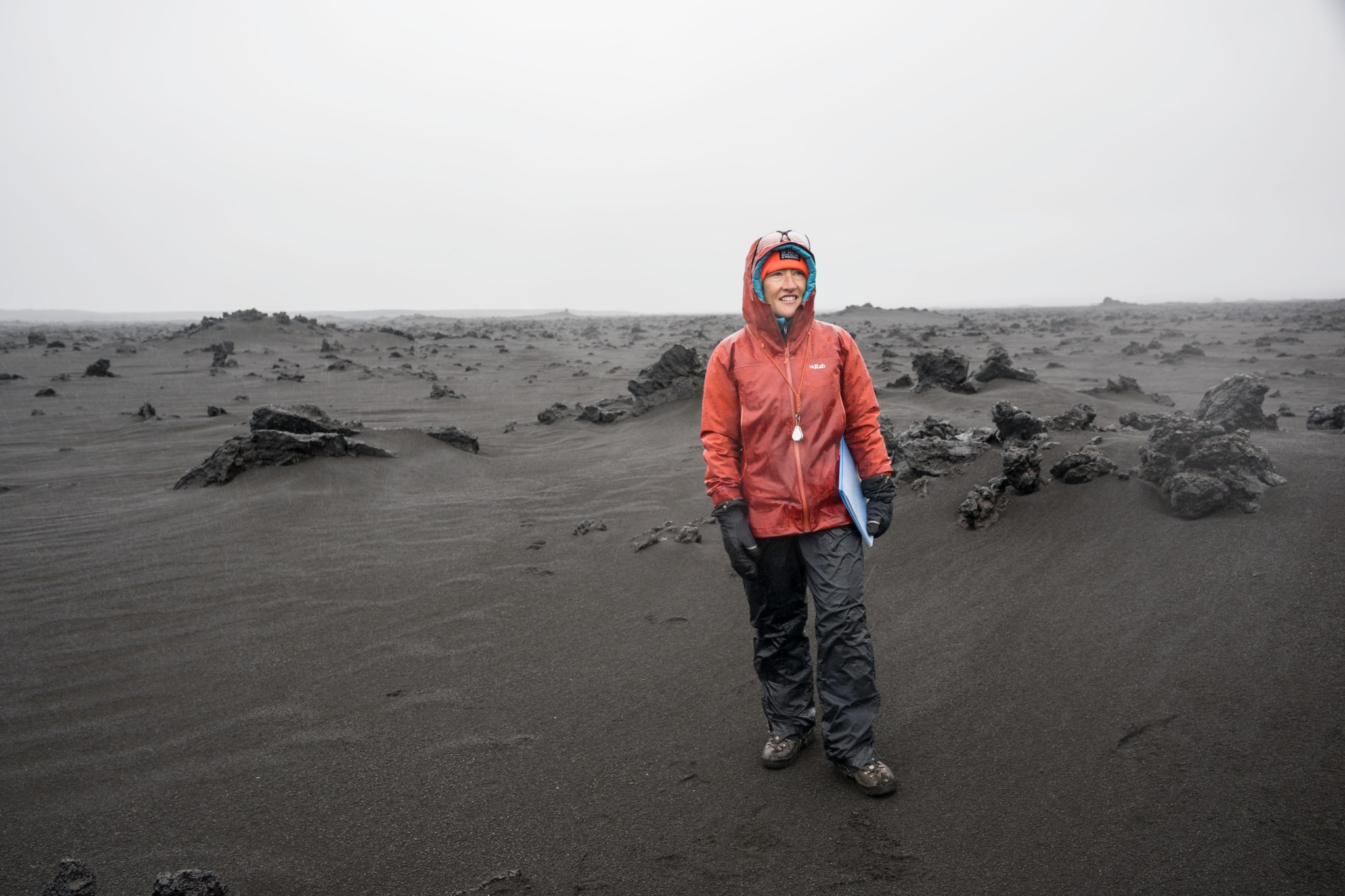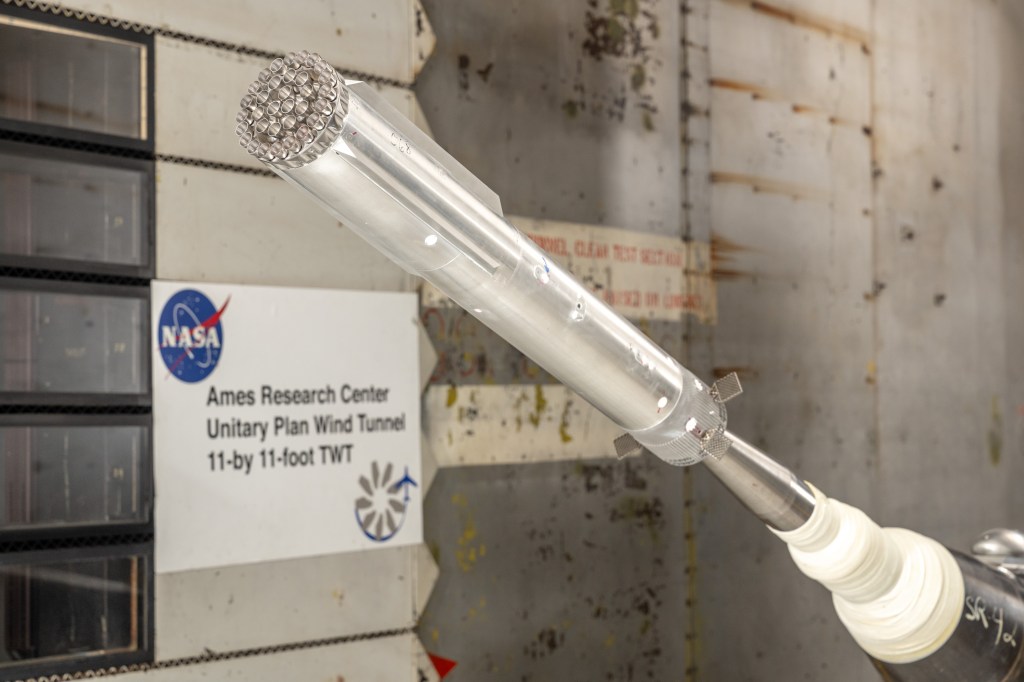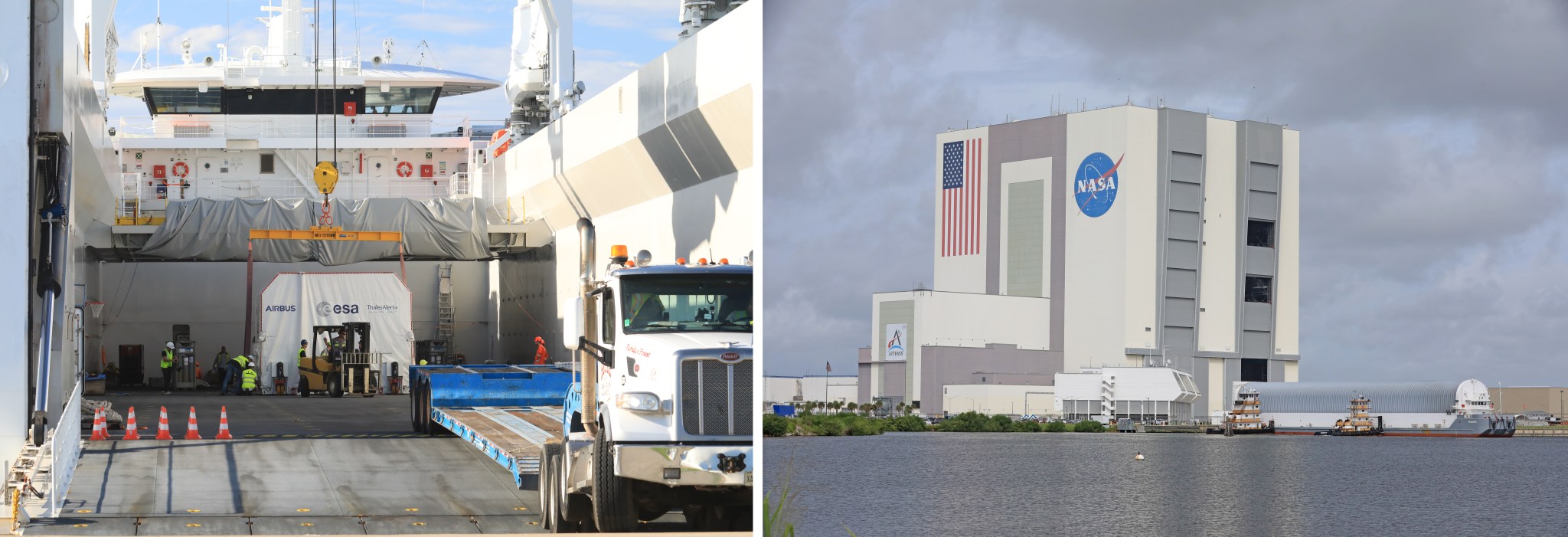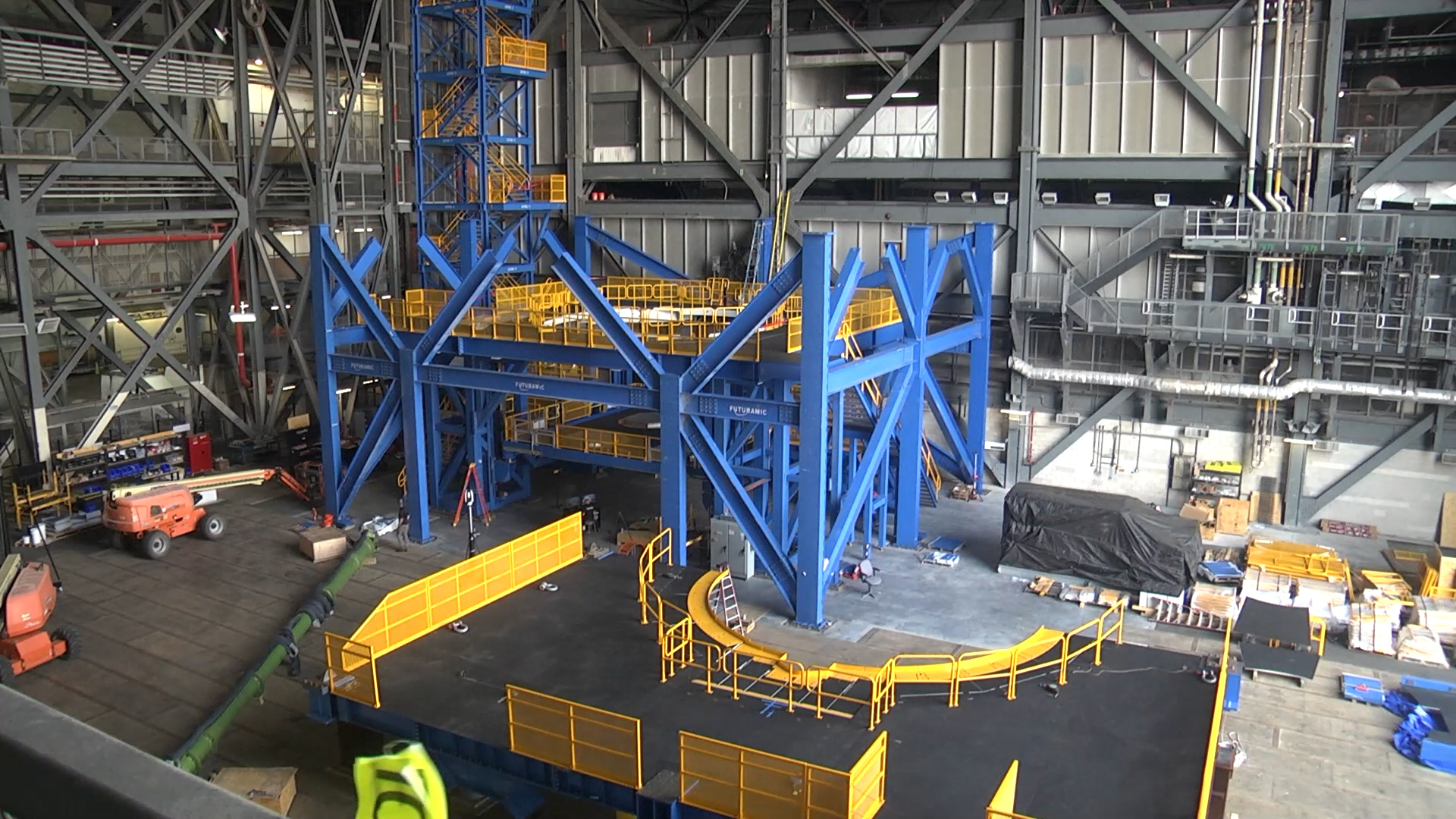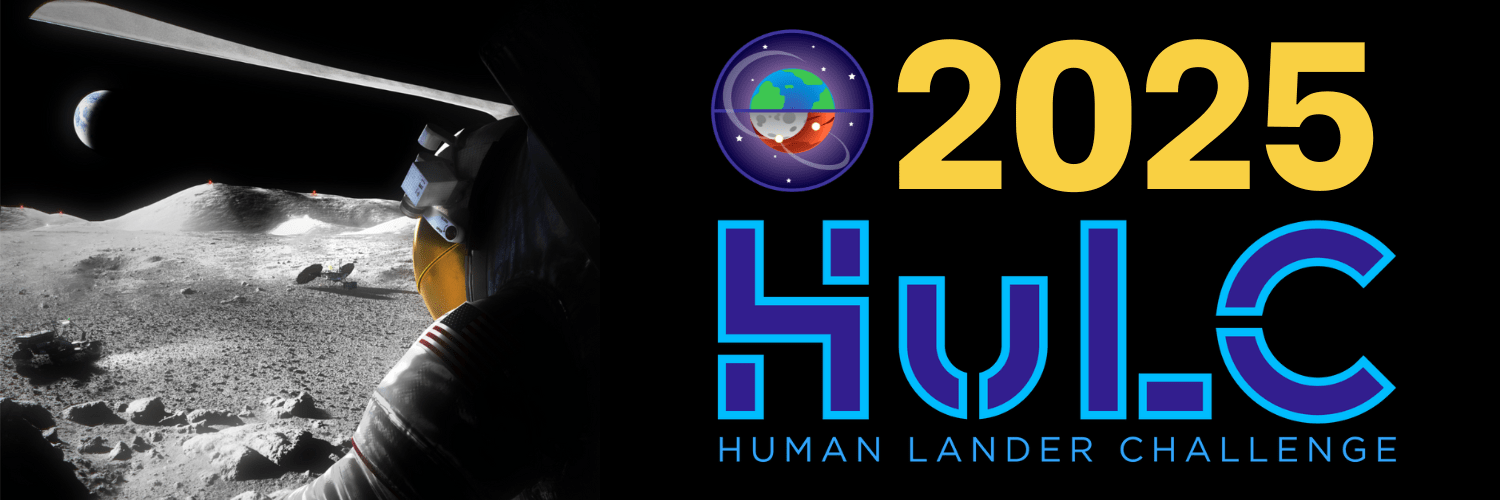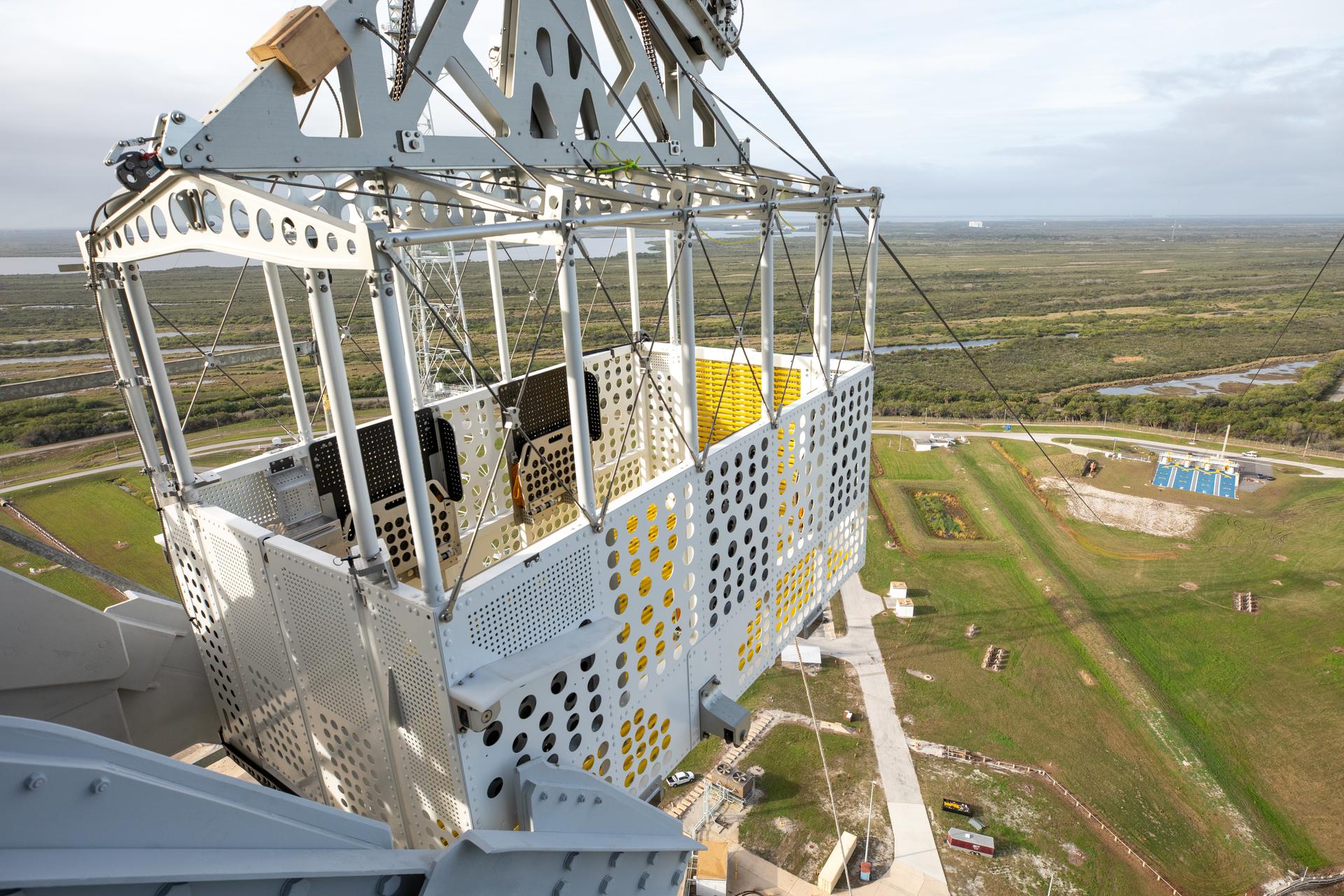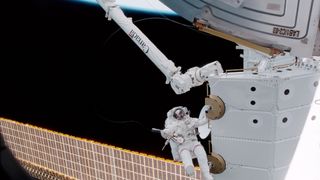MILAN — If you’re going to team up with Prada for a 21st-century moon suit, it only makes sense to unveil it in one of the fashion capitals of the world. Axiom Space and Prada revealed the Axiom Extravehicular Mobility Unit (AxEMU) spacesuit in a press conference held at the International Astronautical Congress (IAC) here today (Oct. 16). AxEMU will be used for NASA’s Artemis 3 mission, which is currently scheduled to launch in late 2026. It has been specially designed for the lunar south pole, which will be a…
Read MoreTag: Artemis
Artemis I Radiation Measurements Validate Orion Safety for Astronauts
On flight day 13, Orion reached its maximum distance from Earth during the Artemis I mission when it was 268,563 miles away from our home planet. Orion has now traveled farther than any other spacecraft built for humans. Credit: NASA NASA’s Orion spacecraft is designed to keep astronauts safe in deep space, protecting them from the unforgiving environment far from Earth. During the uncrewed Artemis I mission, researchers from NASA, along with several collaborators, flew payloads onboard Orion to measure potential radiation exposure to astronauts. Radiation measurements were taken inside…
Read MoreNASA’s Lunar Challenge Participants to Showcase Innovations During Awards
The Sun rises above the Flight Research Building at NASA’s Glenn Research Center in Cleveland. Credit: NASA Editor’s note: This media advisory was updated Friday, Sept. 13, 2024, with a correct phone number for the media contact at NASA’s Glenn Research Center. NASA‘s Watts on the Moon Challenge, designed to advance the nation’s lunar exploration goals under the Artemis campaign by challenging United States innovators to develop breakthrough power transmission and energy storage technologies that could enable long-duration Moon missions, concludes on Friday, Sept. 20, at the Great Lakes Science…
Read MoreNASA’s Artemis II Crew Uses Iceland Terrain for Lunar Training
4 Min Read NASA’s Artemis II Crew Uses Iceland Terrain for Lunar Training Credits: NASA/Trevor Graff/Robert Markowitz Black and gray sediment stretches as far as the eye can see. Boulders sit on top of ground devoid of vegetation. Humans appear almost miniature in scale against a swath of shadowy mountains. At first glance, it seems a perfect scene from an excursion on the Moon’s surface … except the people are in hiking gear, not spacesuits. Iceland has served as a lunar stand-in for training NASA astronauts since the days of…
Read MoreStarship Super Heavy Breezes Through Wind Tunnel Testing at NASA Ames
A 1.2% scale model of the Super Heavy rocket that will launch the Starship human landing system to the Moon for future crewed Artemis missions was recently tested at NASA’s Ames Research Center’s transonic wind tunnel, providing valuable information on vehicle stability when re-entering Earth’s atmosphere. NASA Four grid fins on the Super Heavy rocket help stabilize and control the rocket as it re-enters Earth’s atmosphere after launching Starship to a lunar trajectory. Engineers tested the effects of various aerodynamic conditions on several grid fin configurations during wind tunnel testing.…
Read MoreNew Hardware for Future Artemis Moon Missions Arrive at NASA Kennedy
On the left, the Canopee transport carrier containing the European Service Module for NASA’s Artemis III mission arrives at Port Canaveral in Florida, on Tuesday, Sept. 3, 2024, before completing the last leg of its journey to the agency’s Kennedy Space Center’s Neil A. Armstrong Operations and Checkout via truck. On the right, NASA’s Pegasus barge, carrying several pieces of hardware for Artemis II, III, and IV arrives at NASA Kennedy’s Launch Complex 39 turn basin wharf on Thursday, Sept. 5, 2024. Credit: NASA From across the Atlantic Ocean and…
Read MoreNASA, Boeing Optimizing Vehicle Assembly Building High Bay for Future SLS Stage Production
NASA is preparing space at the agency’s Kennedy Space Center in Florida for upcoming assembly activities of the SLS (Space Launch System) rocket core stage for future Artemis missions, beginning with Artemis III. Teams are currently outfitting the assembly building’s High Bay 2 for future vertical assembly of the rocket stage that will help power NASA’s Artemis campaign to the Moon. During Apollo, High Bay 2, one of four high bays inside the Vehicle Assembly Building, was used to stack the Saturn V rocket. During the Space Shuttle Program, the…
Read MoreNASA Challenge Seeks ‘Cooler’ Solutions for Deep Space Exploration
NASA’s Human Lander Challenge, or HuLC, is now open and accepting submissions for its second year. As NASA aims to return astronauts to the Moon through its Artemis campaign in preparation for future missions to Mars, the agency is seeking ideas from college and university students for evolved supercold, or cryogenic, propellant applications for human landing systems. As part of the 2025 HuLC competition, teams will aim to develop innovative solutions and technology developments for in-space cryogenic liquid storage and transfer systems as part of future long-duration missions beyond low…
Read MoreNASA Teams Change Brakes to Keep Artemis Crew Safe
Teams with NASA’s Exploration Ground Systems Program, in preparation for the agency’s Artemis II crewed mission to the Moon, begin installing the first of four emergency egress baskets on the mobile launcher at Launch Complex 39B at the agency’s Kennedy Space Center in Florida on Wednesday, Jan. 24, 2024. The baskets, similar to gondolas on ski lifts, are used in the case of a pad abort emergency to enable astronauts and other pad personnel a way to quickly escape away from the mobile launcher to the base of the pad…
Read MoreCanadarm2 was not designed to catch spacecraft at the ISS. Now it’s about to grab its 50th
A Canadian robot arm on the International Space Station is days from a big milestone. MDA Space’s Canadarm2 will celebrate its 50th cosmic catch no earlier than Aug. 5, when a Northrop Grumman Cygnus cargo ship berths with the International Space Station (ISS) with thousands of pounds of experiments, supplies and food for the Expedition 71 astronauts, the Canadian Space Agency (CSA) announced today (Aug. 2). Cygnus will launch to the ISS no earlier than 11:29 a.m. EDT (0329 GMT) on Aug. 3, and you can watch the mission here…
Read More
